The strange lake that comes and goes with ghosts and ghouls on its shoreline
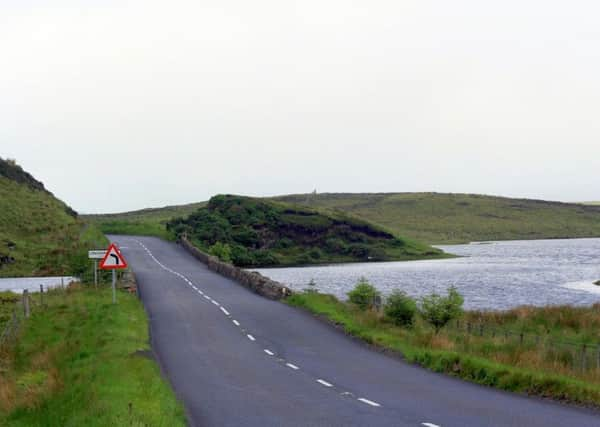

Amidst the constant flow of gripping tales from days of yore there was a healthy spate of jokes and japes here until several years ago.
Funny stories are rarer now and sometimes I wonder if we’re losing our sense of humour?
Advertisement
Hide AdAdvertisement
Hide AdBut good, old-fashioned, colourful, local yarns arrive regularly and the first for 2019 comes from Mitchell Smyth in Toronto.
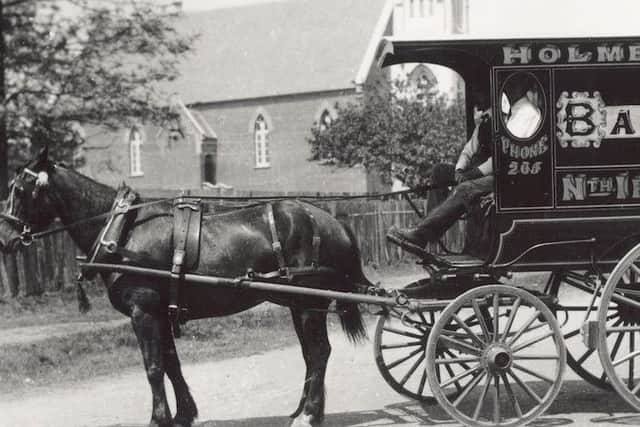

Mitchell, originally from Ballycastle, is a widely-published journalist in Canada, but today he’s sharing some yarns here about the very beautiful part of Ulster where he was brought up:
Loughareema, Northern Ireland’s famous ‘vanishing lake’ lies approximately half-way between Ballycastle and Cushendun, in North Antrim.
It’s a brooding, mystical place, even on a bright day. And it’s at the centre of at least two legends.
One is about a ghostly horse drawn carriage.
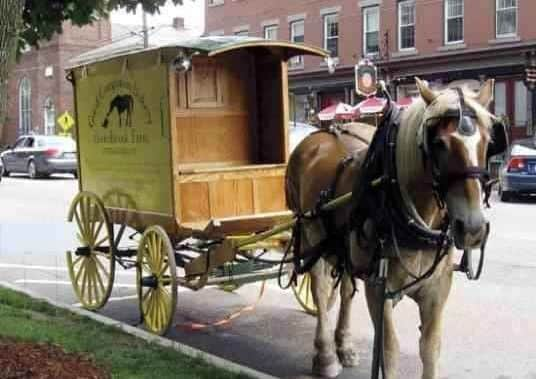

The other concerns a magic pony.
But first a word about the lake.
Advertisement
Hide AdAdvertisement
Hide AdThe name Loughareema comes from the Gaelic ‘loch an rith amach’ which we’re told means ‘the lake runs out.’
And run out it does!
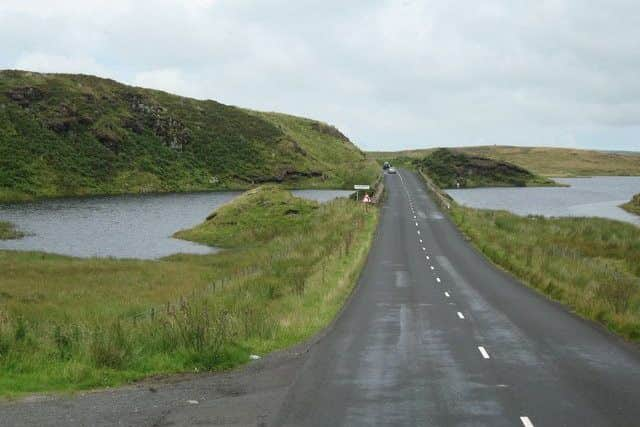

If you’re driving by (on the A2, the Antrim Coast Road) you’ll see it, but maybe driving back a few hours later it’s all dry land.
Geologists explain that it sits on a leaky chalk bed with a sort-of ‘plug hole’ that gets choked with peat so that after it rains the water from the little streams that feed it fill the depression.
Later when the plug-hole clears, the water swiftly drains away and hey presto - a vanishing lake!
Advertisement
Hide AdAdvertisement
Hide AdThe A2 runs right through the lake (in truth, it’s nothing more than a huge pond, covering maybe a couple of acres) a little above the surface of the water when it’s filled.
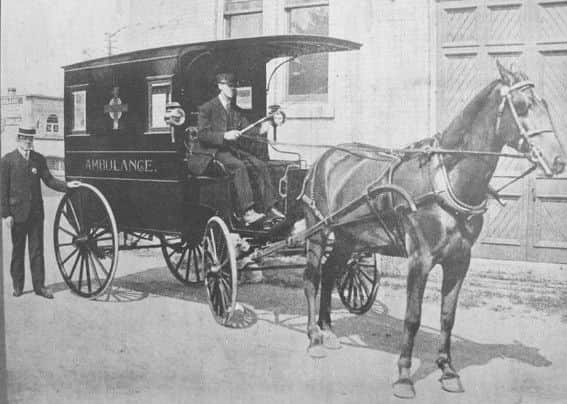

But that wasn’t always the case.
The roadway used to be submerged after heavy rain, which brings us to the ghostly horse and carriage story.
There was particularly heavy flooding in 1898 when a Colonel John Magee McNeile set off to catch the 3pm train from Ballycastle.
When he came to the lake the coachman stopped, because the road was under water, but the colonel instructed him: “Drive on!”
Advertisement
Hide AdAdvertisement
Hide AdThe driver urged the two horses into the lake but when they got half-way across the water reached the horses’ bellies and they panicked.
The horseman used his whip but one of the horses reared up and the carriage flipped on its side.
The colonel, his driver and the horses died, either from drowning or hypothermia.
To this day, people who have travelled the route say they’ve seen a phantom coach and horses at Loughareema.
Advertisement
Hide AdAdvertisement
Hide AdAbout 20 years later a man called Dan Scullion from Ballyvoy, Ballycastle, drove his horse-drawn bread cart into Loughareema during a blizzard and drowned. (Surprisingly, no one seems to have reported seeing a ghostly bread cart!).
And then there’s the tale of the magic pony.
Early in the last century, Ballycastle’s Dalriada Hospital was served by horse-drawn ambulances.
John Mitchell was one of the ambulance drivers and one night he was ordered to go to Cushendall to pick up a woman with complications due to her pregnancy.
On the way back to Ballycastle, in a snowstorm, the ambulance’s horse became lame and John stopped at a house for help.
Advertisement
Hide AdAdvertisement
Hide AdAn old man who lived in the house lent him a pony and volunteered to go with him to the hospital.
John Mitchell said later that as they went along the road in the snow he got the impression that they were on the wrong road but the old man insisted they were right. “This is the only road I know,” he said.
Near Ballycastle the old man asked to get off the ambulance.
John finally got his patient to the hospital and left the pregnant woman with the medical staff.
Advertisement
Hide AdAdvertisement
Hide AdHe returned home, put the old man’s pony in the stable and groomed it.
But next morning the pony was gone and John Mitchell’s horse that had become lame the previous day was in its place!
Now I can’t swear to the truth of this tale, but that’s it as it was told to me by John Mitchell - my uncle Johnny!
And here’s the rest of the story.
There is a legend that a certain healer known as Doctor John Joe lived in the Cushendall hills two centuries ago. Maybe that person - or the ghost of that person - was the old man who helped the pregnant woman and the ambulance driver.
Advertisement
Hide AdAdvertisement
Hide AdAnd when he said: “This is the only road I know”, he was referring to the original route to Ballycastle, before the A2 was constructed in the early 19th century.
My uncle John Mitchell said that later when he went to find the house at which he had stopped that night, he found only a ruin.
And there’s another twist to this story. When John told the maternity nurse about the trip and about the old man who lent him his pony, she said that must be Doctor John Joe, adding: “He’s supposed to appear before the birth of a child who will grow up to be a gifted doctor.”
And it is said that Cushendall baby became a top surgeon in the Royal Victoria Hospital, Belfast, in the middle of the last century!